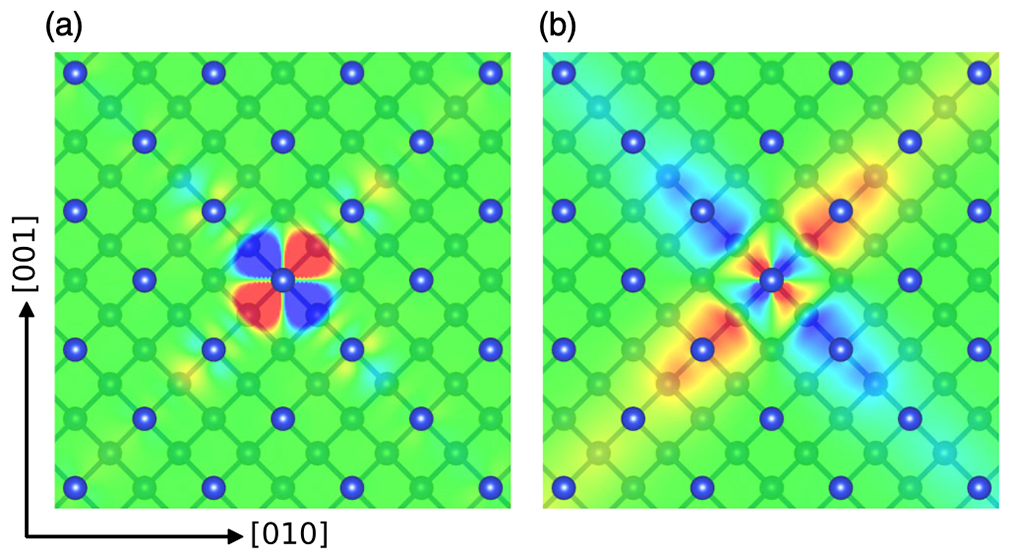Massimiliano Stengel – Institut de Ciència de Materials de Barcelona (ICMAB)
The theoretical foundation of lattice dynamics in crystalline insulators rests on the separation between short-range and long-range interatomic force constants (IFCs). The latter stem from the macroscopic electric fields that are associated with long-wavelength phonons. These, in turn, result in a nonanalytic behavior of the dynamical matrix near the Brillouin zone center, which manifests itself as a polynomial (rather than exponential) decay of the IFCs in real space.
The leading long-range contribution, which has the form of a dipole-dipole interaction and decays as the inverse cube of the interatomic distance, has been known since the fifties. The work of Cochran and Cowley, and later Pick, Cohen and Martin, established the correct formula in the generic case of an anisotropic crystal, paving the way for modern first-principles implementations. The main physical consequence of the dipole-dipole interaction resides in the frequency splitting between longitudinal (LO) and transverse (TO) optical phonons near the Brillouin zone center.
The Cochran-Cowley formula is, however, only the leading term in a multipolar expansion of the charge response to atomic motion. Here we provide an exact generalization to higher multipolar orders, involving e.g. dipole-quadrupole interactions. We demonstrate that such generalization can be crucial in piezoelectric crystals, where the sound velocity is influenced by electrostatics. Neglect of dynamical quadrupoles often results in an erroneous description of the acoustic branches near the zone center, as we demonstrate with our calculations of rhombohedral BaTiO3. [1]
The importance of quadrupoles is not limited to lattice dynamics. The long-range potentials produced by atomic motion are crucial for a correct description of electron-phonon couplings as well, which govern a wide range of physical properties (e.g., electron mobility). The counterpart of the Cochran- Cowley formula in this context consists in the Fröhlich model, which we have also generalized to the quadrupolar level. [2] This allows for a substantial improvement in the accuracy and efficiency of the calculations.
